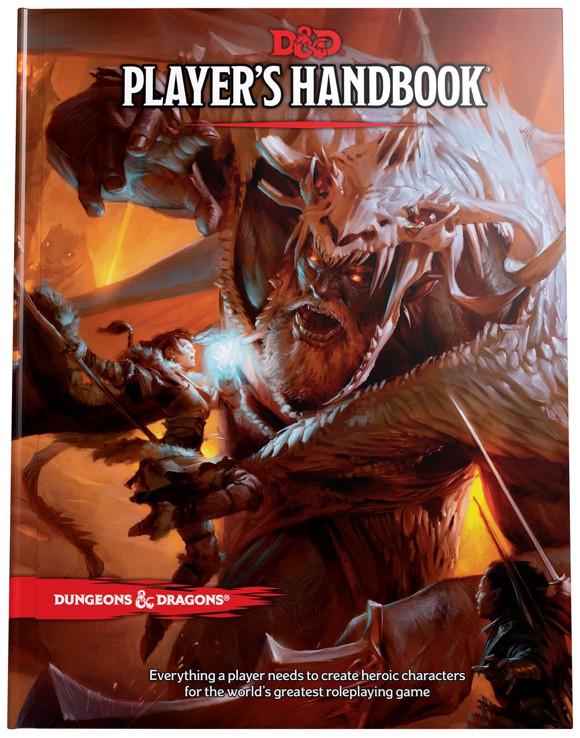Alignment in Dungeons & Dragons (D&D) Fifth Edition (5e)
All the legendary fantasy tales are a fight between good and evil, a struggle of good characters against their weaknesses, fears and past. Some characters are moved by what they consider just and lawful, others are struggling through chaos trying to make sense of the world and themselves. This is what we talk about when we talk about alignment in Dungeons & Dragons Fifth Edition.
What is Alignment in Dungeons & Dragons 5e?
In D&D 5e, alignment is a way to express the moral code and ethics that every character, Non-Player Character and creature or monster has. Is a way to understanding why they do what they do, what moves them to do that, and what you can expect from them.
In What Factors is Alignment in D&D Based?
There are two characteristics or factors that determine what the alignment of a character is in Dungeons & Dragons. One factor takes into consideration the morality of the character, the other describes their approach towards society. Those two factores are called the axes of alignment in D&D 5e. Let’s quote the Player’s Handbook to better understand this:
Alignment is a combination of two factors: one identifies morality (good, evil, or neutral), and the other describes attitudes toward society and order (lawful, chaotic, or neutral). Thus, nine distinct alignments define the possible combinations.
Player’s Handbook, page 122.
Lawful Versus Chaotic Alignment
Good Versus Evil Alignment
What Does Each Alignment Mean in D&D?
Lawful good
Neutral good
Chaotic good
Lawful neutral
Neutral
Chaotic neutral
Lawful evil
Neutral evil
Chaotic evil
Unaligned
What is the most common alignment?
What is the best moral alignment?
What is the most evil alignment?
What alignment is your D&D character?
Examples of D&D Alignment in Pop Culture



